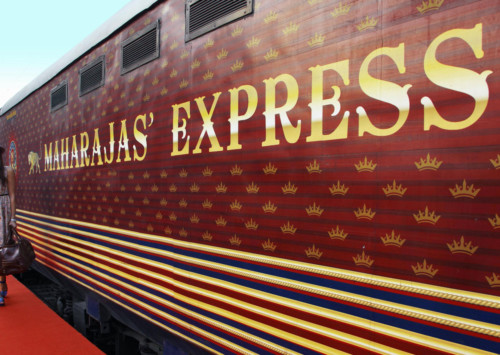Stories of mixed identity and search for roots
India & You
January-February 2017
The new generation Indian diaspora is a mixed clan. While some are well-versed with Indian traditions and cultures, the others have never even visited India. Some are proud of their mixed identity, while it is awkward for others. However, the Indian government is leaving no stone unturned to familiarise the diaspora youth with the country of their origin.
Born to Indian parents in France, Neil Sethi has always been exposed to two cultures – Indian and French. And his story of multi-culturalism is a happy one. “I never experienced any feeling of rejection or alienation because of my Indian roots or Indian appearance. Two cultural backgrounds and my mixed identity is more a strength than a problem to me,” says the 18-year-old.
But, how much does he really know India? Ask him this and he and his brother Aakash, will give you a long list of their favourite Bollywood films, traditions, festivals and also about their dislikes about the Indian narrow-mindedness.
“There are a lot of facets of India that are incredible and unique, which I really appreciate. I love the diversity of people and traditions; this is one of the biggest strengths of this country, I guess. But, while the Indian culture is amazing, I cannot bear the Indian mentality and the narrow-minded way of thinking. That is my personal opinion based on what I have experienced during my visits to the country, but it may not be the way I perceived it,” expresses Neil, who has now lost the count on how many times he has visited India since he was a kid.
Sharing a similar feeling, Isha Bali, who belongs to Punjabi family, has an identical tale to tell. “I love the fact that I am multi-cultured. Gives me a chance to keep the best of both,” said the 19-year-old, who moved to Melbourne in Australia, 15 years ago with her parents and elder sister from New Delhi. What’s more is that her sister Nishtha and she are also big fans of Indian television shows and have an Indian cable connection at their place. “We don’t like the shows which are aired on the local cable channels here in Australia. Indian TV shows are more our type,” they say.
However, there are others who have only visualised India through their parents’ eyes. For these emigrants, India has always remained an idea. Unlike their parents, the word ‘India’ does not stir up fond memories for them. “I have seen India in pictures and heard stories about its people and places from my parents and grandparents. I do know vaguely about the culture and traditions, but would like to visit someday and see it myself,” said an Indian diasporic youth, living in central France.
While ethnicity and race continue to often highlight our differences rather than bringing us together, as the times are changing, the diaspora population does not feel alienated anymore and the foreigners are also increasingly accepting multi-cultural people. However, there are exceptions.
“The young people are very welcoming. They too express their love for Indian food, especially butter chicken. For them, Indian spices and colours are different and appealing,” says Isha.
However, the elder population is a little apprehensive of the diaspora living in their country. “The old people are sometimes very critical of Indians or people of any other nationality in their country. They are like ‘what are these people doing in our country’?’’ she adds.
Helping the diaspora trace their roots
While there are so many Indians who do not need any programme to guide them to know about their home country, there are others who have never visited the country nor do they understand the Indian culture or language.
For this unschooled young diaspora population, the Indian government, through the Ministry of External Affairs (MEA),provides them a chance to discover India, the land of their parents and grandparents, in form of an internship programme.
Earlier known as Internship Programme for Diaspora Youth (IPDY), Know India Programme (KIP) is a three-week orientation programme for diaspora youth conducted with a view to familiarise Indian diaspora youth with India’s culture, heritage, contemporary changes and the progress made by the country in various fields including economic, industrial, education, science and technology and communication and Information Technology (IT).
Started in 2003, KIP provides a unique platform for students and young professionals of Indian origin to visit India, share their views, expectations and experiences and to develop closer bonds with the country. The programme is open only for Indian origin diaspora (PIOs) falling under the age group of 18-30 years. The programme includes presentations on the country, visit to places of historical importance and cultural programmes, exposure to yoga, interaction with faculty and students at prestigious universities, visit to a village to better understand the typical village life, exposure to Indian media, interaction with Non-Governmental Organisations (NGOs) and organisations dealing with women affairs and visit to an Indian state for 10 days.
“I would really want my grandchildren to visit India through the Know India Programme when they grow up,” says Swadesh Bhalla, a resident of Baltimore, Maryland in US, who lives there with her daughter, son-in-law and three little grandchildren.














